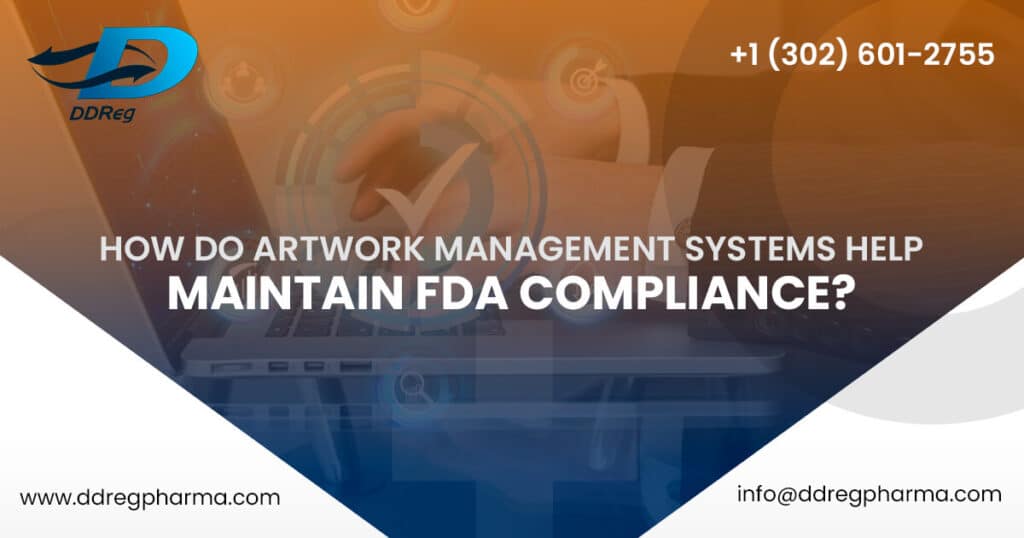The pharmaceutical industry is a highly regulated environment where investing in a reliable and efficient method for managing artwork can result in significant cost savings. Artwork management forms an integral part of regulatory affairs. The main objective of an artwork management system is to ultimately prevent product recall. Pharmaceutical companies invest significant time, money, and effort into compliance as the consequences of non-compliance are severe in terms of cost, reputation, and patient safety.
As the industry faces digitalization and slowly shifts from manual processes to automated ones and adopts integrated systems, it is imperative to ensure that there is no drawback on compliance particularly when managing and submitting information electronically, maintaining electronic records, and ultimately working with confidential data to maintain its integrity. This forms a key part of quality management. Regulatory agencies across the globe have legislations in place to ensure that pharmaceutical companies meet compliance standards. For example, The US FDA’s 21 CFR Part 11 requires pharmaceutical product manufacturers (i.e., drugs, devices, biologics etc) to implement controls, audit trails, electronic signatures, and even systems that are integral for processing data electronically.
21 CFR Part 11- The What and Why
21 CFR Part 11 regulations govern the use of electronic records and electronic signatures in regulated industries, including pharmaceuticals, biotechnology, and medical devices. The purpose of 21 CFR Part 11 is to ensure the security, integrity, authenticity, and reliability of electronic records and signatures. Key provisions of 21 CFR Part 11 include defining criteria for electronic signatures, mandating secure and computer-generated audit trails, implementing access controls, and emphasizing the need for system validation. Compliance with 21 CFR Part 11 is crucial for regulated industries to maintain the integrity, security, and authenticity of electronic records and signatures, as failure to comply can result in regulatory actions such as warnings, fines, or product recalls [1].
How do Artwork Management Systems help maintain compliance with 21 CFR 11?
Artwork management systems (AMS) implement electronic form fillings, online approvals, and version controls that not only ensure compliance with 21 CFR 11 but also enhance the speed and effectiveness of the artwork process. By way of automation, an artwork management system can facilitate e-signatures from various stakeholders in a secure manner and support in creating audit trails. This helps in making sure that electronic records are reliable.
It is important to note that the goal is not in achieving electronic records and signatures. It goes well beyond that and towards document management that offers a full and holistic system as a strong and functional quality management system relies on its documentation. In terms of data protection and security, sensitive artwork data is protected and secured due to restricted access during artwork review processes. This is because a key functionality that an AMS has is allocating work and access to specific members of the team.
Overall, an AMS that addresses electronic exchange of information, automation & digitalized-driven records and signatures with clear traceability and audit trails inevitably leads to significant value to the business. Indeed, once a robust and compliant system is established, it automatically mitigates the risk of other business functions and processes that would require re-working. What does this mean in the grand scheme of things?
That’s right. Reduced changes of product recalls and greater business ROIs.
DDReg’s Artwork Management Capabilities
DDReg has provided its customers with regulatory consulting services and solutions to address obstacles that hinder market access. As part of its diverse portfolio, DDReg has supported its customers for end-to-end artwork services that minimize errors and chances of product recalls. The team specializes in reducing the compliance risks associated with artwork and implements its AMS software that facilitate seamless proofreading, QC, lifecycle process management, gap analysis between labels and more.
References and Further Reading
[1] eCFR. Title 21 Part 11: Electronic Records; Electronic Signatures. 2023

